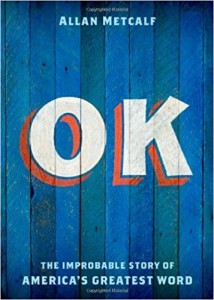Posing the Question in Business Blog Content Writing
 I tell new Indianapolis blog content writers that, in creating content for marketing blogs, we need to keep in mind that people are online searching for answers to questions they have and solutions for dilemmas they’re facing. But, even if those searchers haven’t specifically formulated a question, I suggest we do that for them by presenting a question in the blog post title itself:
I tell new Indianapolis blog content writers that, in creating content for marketing blogs, we need to keep in mind that people are online searching for answers to questions they have and solutions for dilemmas they’re facing. But, even if those searchers haven’t specifically formulated a question, I suggest we do that for them by presenting a question in the blog post title itself:
- “Is the U.S. Ready for Future Disease Threats?”
- “Can the Mind-Body Problem Be Solved?”
- “How Many Lego Bricks Would It Take to Build A Bridge from London to New York?
- “Do Baby Boomers Deserve Social Security?
Using a question in the title of your blog post can arouse readers’ curiosity about which side of the issue your opinion is going to represent, and about the answers you’re going to provide in the content of the post itself. The question-title also informs the reader that you’re going to be providing information specifically relating to their search:
Blog questions can be either confirmatory (closed-end, yes-or-no) or exploratory (open-ended). Remember, unlike marketing research firms, business owners or professional practitioners are not out to gather consumer data; they want to engage their blog readers and show that they understand the dilemmas those readers are facing.
- Did you know….?
- How do you….?
- What’s one of the most common problems in…..?
- Do you want to learn how to…?
- Have you ever…?
- you ever wonder if…?
Besides offering readers a promise of relevant content in the body of the blog post, the title question can include keyword phrases to help Google index the blog.
Question: Does your business blog deserve better titles?





Follow us online!